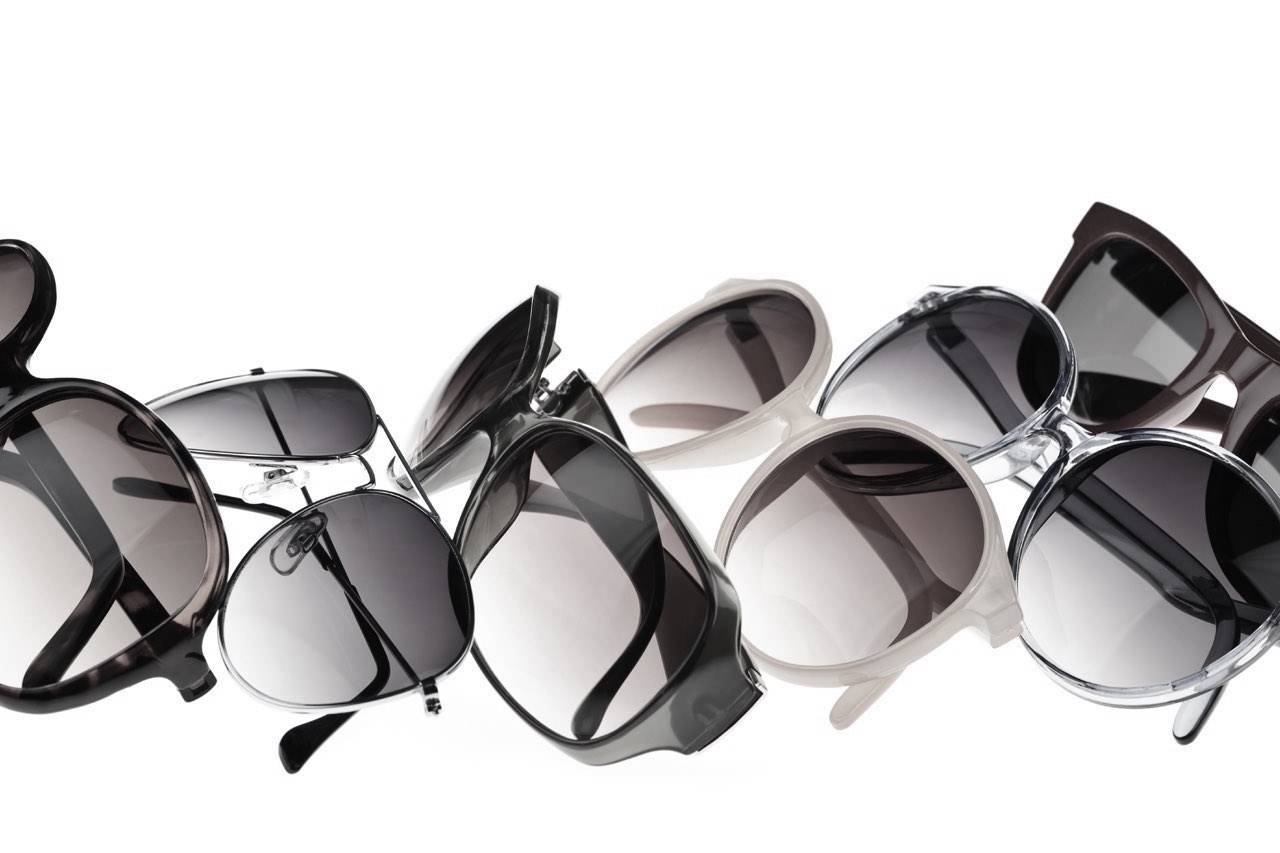 Dr. Michael Rosenblatt Answers Your Eye Care Questions
Dr. Michael Rosenblatt Answers Your Eye Care Questions
Q: What are hybrid contact lenses?
Dr. Rosenblatt: Hybrid contact lenses are great for most patients with corneal astigmatism. There are many types of Hybrids available, including Multifocals. The special characteristics of a hybrid contact lens are that they have the rigid gas permeable lens (GP) to correct the astigmatism, but it is surrounded by a skirt of a soft lens. This provides the clear vision of a GP lens, along with the comfort of a soft contact lens!
Q: What is Dry Eye?
Dr. Rosenblatt: In reality, dry eye is an old name for a very common problem. The new name is ocular surface disease. It is a very common disease. Anywhere between 10-60 million people are afflicted with it in the United States. In people suffering from dry eye, their natural tear is not properly and healthily bathing their eye.
The result of which can be symptoms of discomfort, stinging, burning, sandy gritty feeling, and fluctuating vision throughout the day (part of the day they see clearly other parts blurry). The reason they changed the name from dry eye to ocular surface disease is because it’s not just a tearing issue per se, but patients have problems with the surface of the eye as well.
We added the word disease because we wanted the public to think more seriously about this condition. We wanted to move away from the term “dry eye” because patients would come in and have a tissue constantly in their hands to wipe their eyes due to excessive tearing and so when we say to them that they have dry eye, it doesn’t make sense to them.
Q: Why did they change the name from Dry Eye Disease to Ocular Surface Disease?
Dr. Rosenblatt: We are seeing it’s not just a tearing issue per se, but patients have problems with the surface of the eye as well. We added the word disease because we wanted the public to think more seriously about this condition. We wanted to move away from the term “dry eye” because patients would come in and have a tissue constantly in their hands to wipe their eyes due to excessive tearing and so when we say to them that they have dry eye, it doesn’t make sense to them.
Q: What is myopia control?
Dr. Rosenblatt: The real thing we are trying to do with myopia control is to retard the further lengthening of the eyeball. There are two things we need to determine to do this. One, is trying to determine the cause of the myopia, the nearsightedness, so we can hopefully reduce those things. That’s what happens: the eyes, for whatever reason, continue to keep lengthening and getting longer, which makes them more and more nearsighted. We are looking at how to prevent that from happening.
The second part is to determine what treatments are available to help slow the growth of the nearsightedness for that person. The idea is to catch someone early enough. At the age of 5, 6, or 7, the eyes should still be farsighted. They should be 2, 3, or 4 steps farsighted.
I actually had a conversation with a patient today, and both she and her husband are very nearsighted. I was looking at their 5-year-old son, and I found his eyes to be neither farsighted nor nearsighted – no prescription whatsoever – something we call emmetropic.
That is unusual for a 5-year-old, and so I told her that I want to put him on some of my treatments for myopia control. At 5 years of age, he’s not supposed to be emmetropic. Therefore, I already know he’s moving in the direction of becoming nearsighted, and we want to do what we can to slow it down, especially with that family history of two nearsighted parents.
Take a look at our Eye Health Section!

